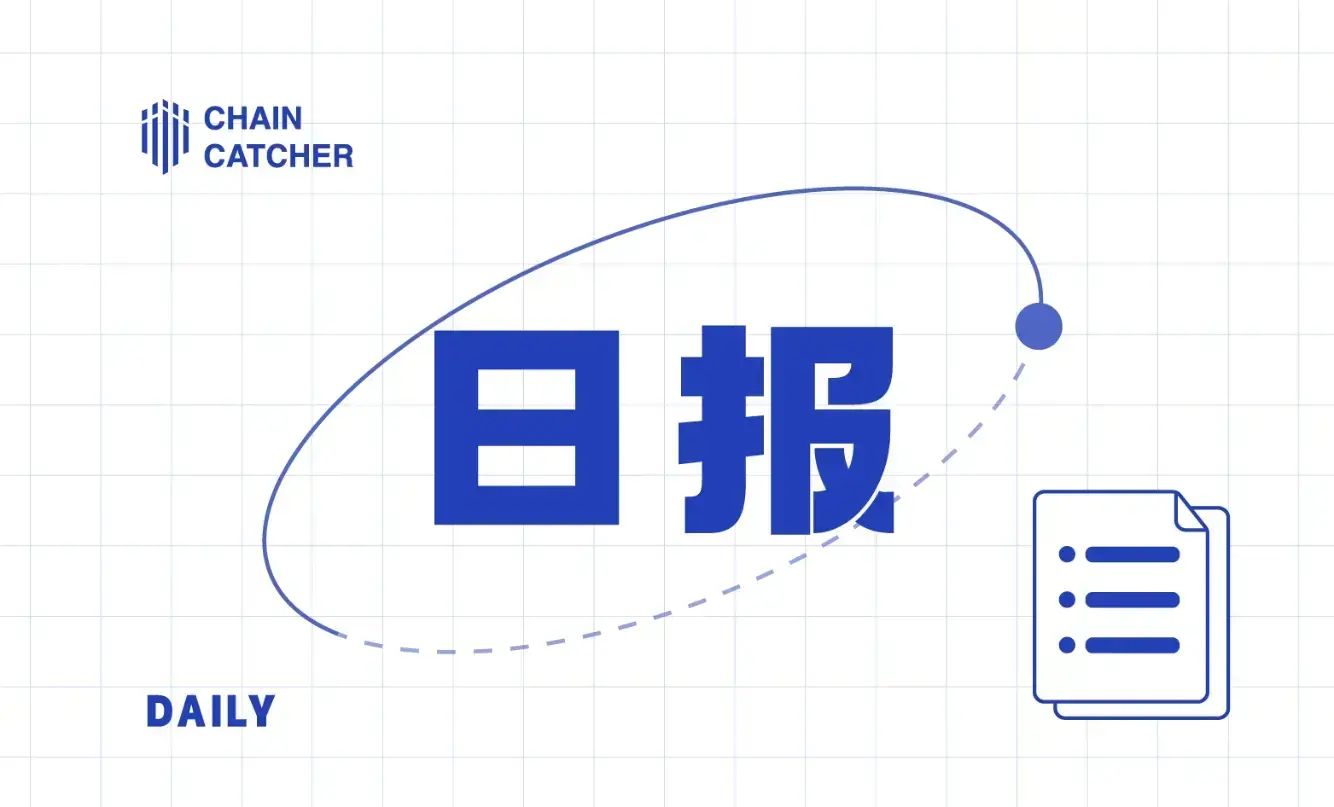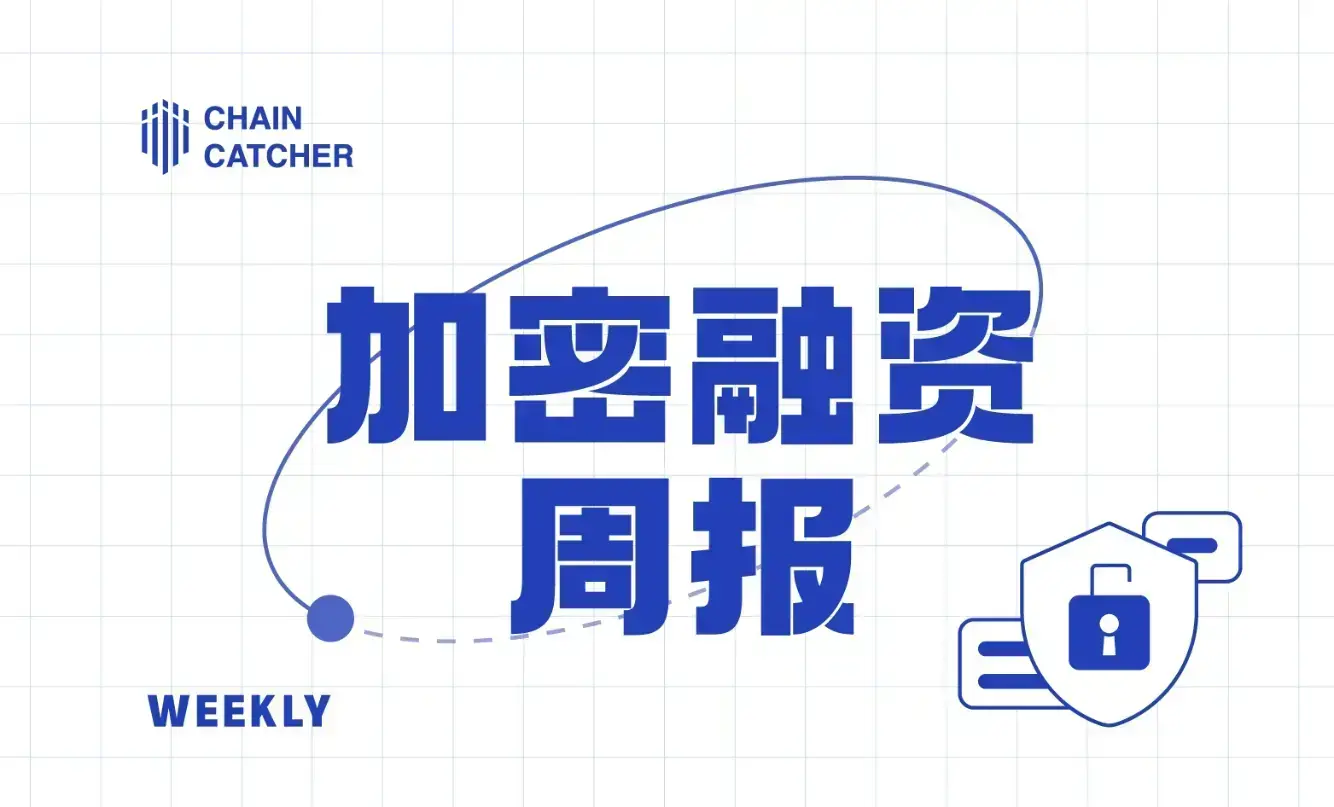Introduction to Arweave's New Flagship Product AO and Future Prospects for $AR
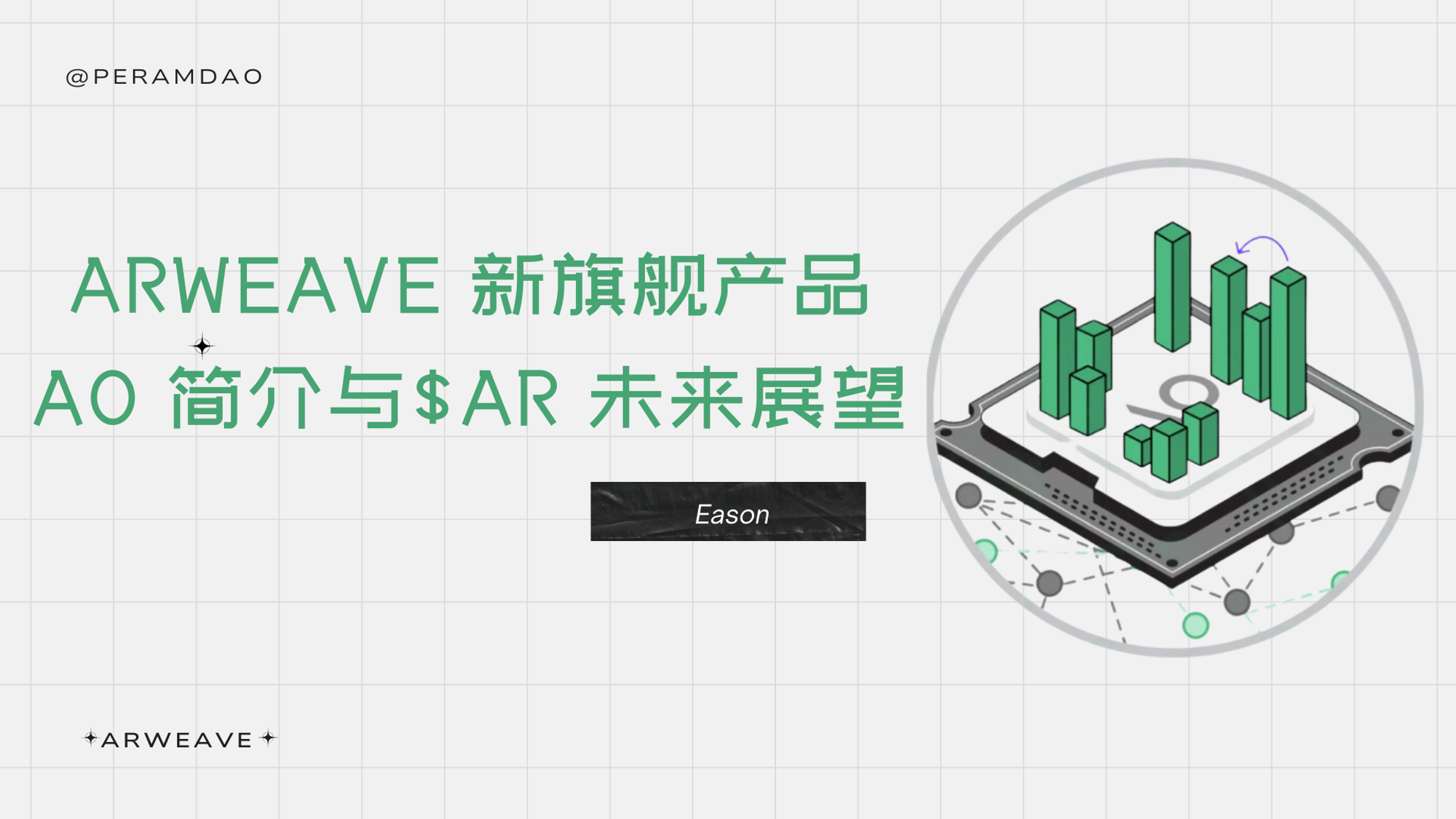
Arweave is an infrastructure project that I am very optimistic about this cycle. The team recently launched a new product --- the super parallel computer AO. At the same time, founder and CEO Sam Williams stated on March 29 that a second major product will be released soon, which will bring a large number of users to Arweave and AO. Compared to its competitors Filecoin and ICP, AO has a smaller market cap, more product updates, and a more efficient and scalable architectural design. With the backdrop of a bull market, major events such as the future launch of the AO mainnet, new coin releases, and new product launches are highly anticipated.
Arweave is an infrastructure project that I am very optimistic about this cycle. Founder and CEO Sam Williams stated on March 29 that a second major product will be released soon after AO The Computer.
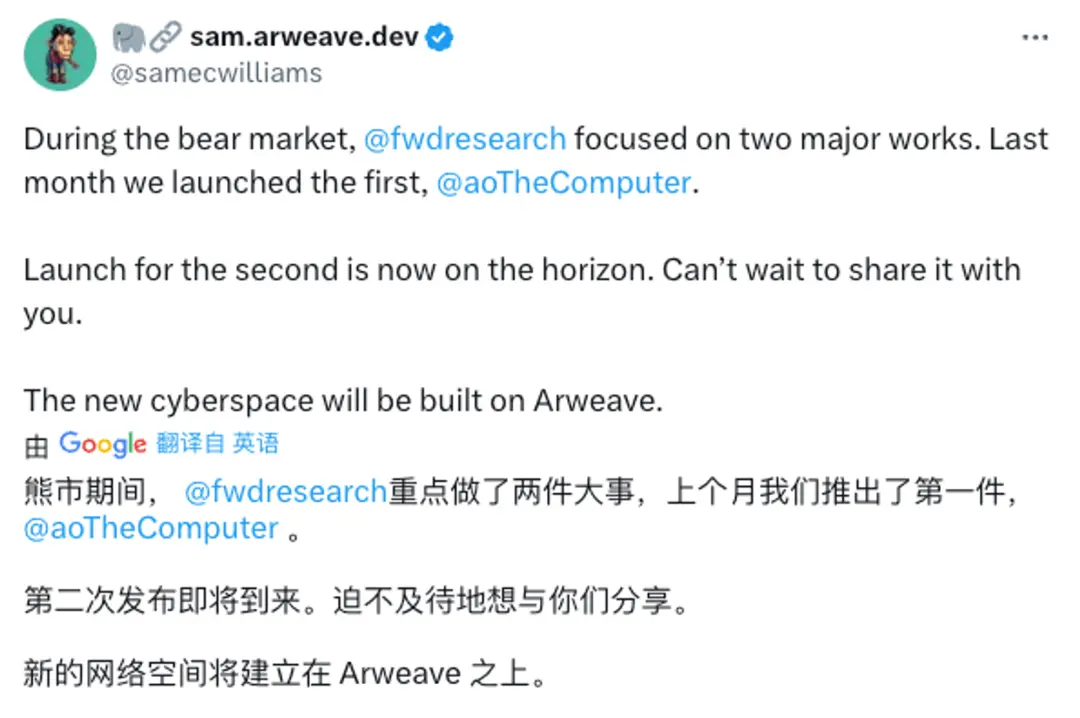
Friendly reminder, after Sam released information about AO on February 13, the K-line trend of $AR looked like this 👇
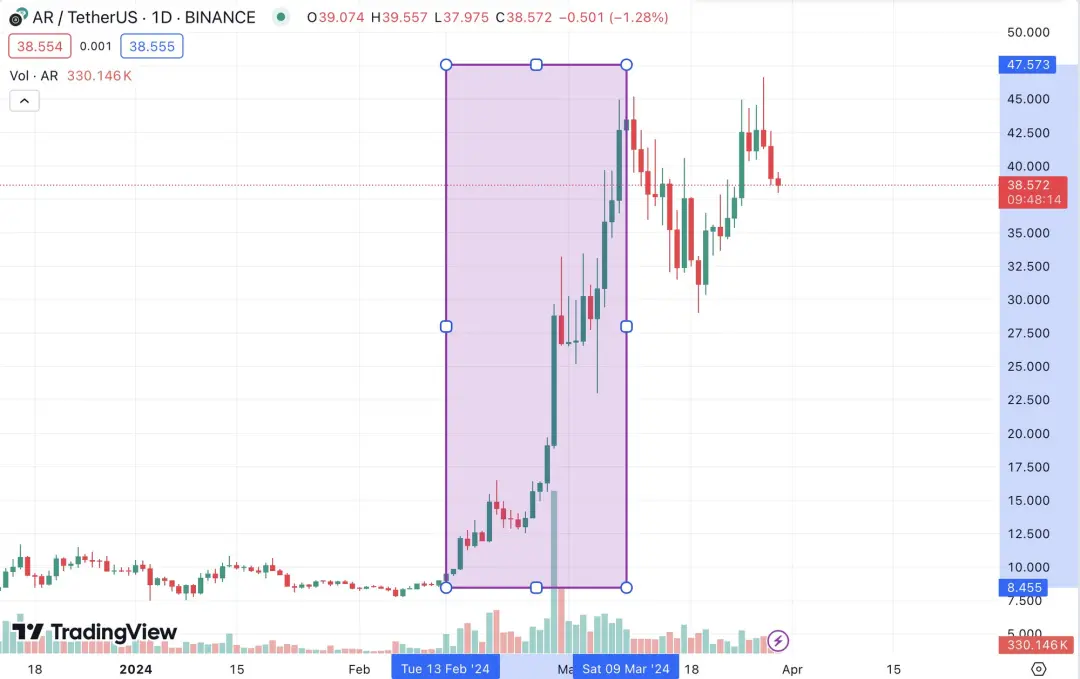
When I saw many KOLs making bullish price predictions for $AR, they still regarded Arweave as an ordinary storage project and were even unaware of the newly launched product @aoTheComputer. This is actually a significant mistake because the launch of AO has greatly changed the fundamentals of Arweave.
What is AO
AO is a hyper parallel computer built on Arweave, supporting any number of processes to execute in parallel, sharing available computing resources, unlike traditional blockchains that can only run a single process, where other processes must wait for the current process to complete all transactions before they can execute. Therefore, AO is more efficient and scalable.
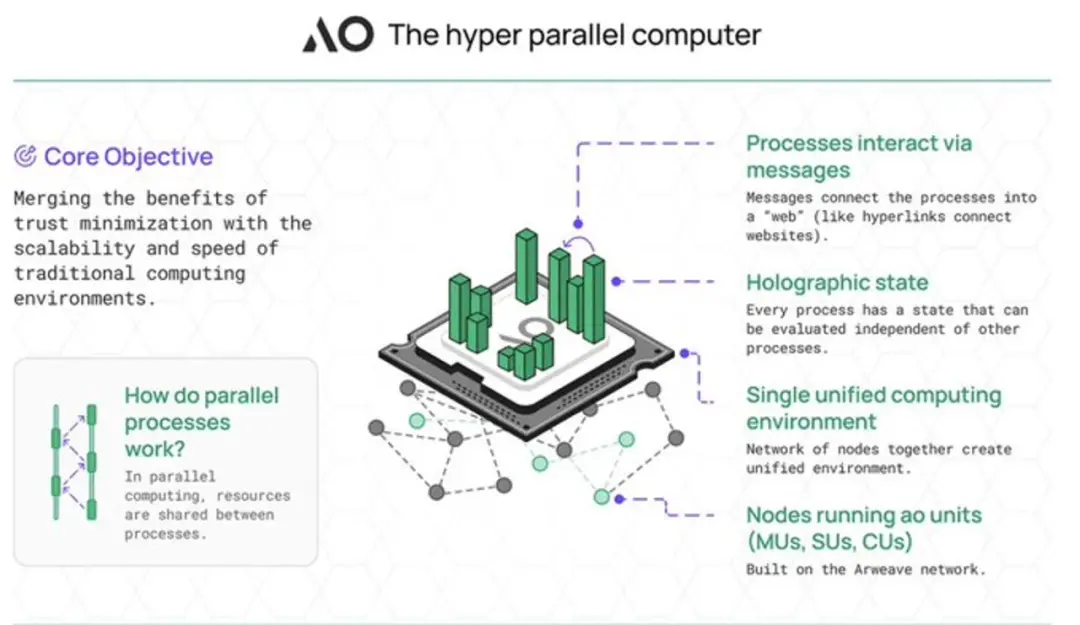
Additionally, because AO adopts a modular architecture, developers can run any virtual machine or execution environment on it, allowing existing smart contract platforms to be easily embedded into the network, functioning as a single process that can send and receive information and collaborate with other processes. Thus, you can run an Ethereum environment with smart contracts written in the familiar Solidity, a Solana environment, a Bitcoin environment, each running as a separate process in parallel without queuing for computing resources, allowing them to interact and cooperate with each other while committing their logs to Arweave.


In addition to smart contracts and crypto-related development, you can also build decentralized traditional Web2 applications on AO, such as LLM (Large Language Models, AI running inside smart contracts), voice recognition, decentralized recommendation systems, Indexers (for social media, etc.), and more, while allowing them to communicate natively with Web3 applications. This enables us to develop scalable, trustless web services.

Another interesting aspect of AO is its "Hologram State." The hologram state refers to how each process independently stores its state, unrelated to other processes. Because of this hologram state mechanism, AO can maintain the ability to execute traditional smart contracts while possessing powerful computing capabilities. It allows each process to operate and evaluate separately, facilitating faster interactions within the network. For state consensus, AO ensures that all interaction message logs are written and stored on Arweave, presenting the state in a "holographic" manner.

Image source: AO official documentation
Currently, AO is running on the testnet, and developers can run an AO instance on their own computers and communicate with thousands of other VMs on AO. Each unit operates independently and runs in parallel with other units, ensuring high efficiency and no scalability issues. Looking forward to the future mainnet launch!
For more technical details, feel free to read the official Docs: https://ao.arweave.dev/#/spec
Arweave vs Filecoin & ICP
In the competition of decentralized computing platforms, AO's modular architecture design is relatively advanced. The current Arweave + AO tech stack is capable of running a full-stack web application (frontend, backend, smart contract, storage), and its modular architecture is more flexible and scalable than Filecoin and ICP.
Filecoin has a smart contract layer called FVM (Filecoin VM), and to run smart contracts on Filecoin, you must use FVM. If you are an Ethereum developer, this is a turnoff. If you are a Solana or other developer, you may have even less chance.
ICP is similar; ICP has its own tech stack called Canister, with its own development language and runtime environment. So to build a product on ICP, you must first learn these tech stacks.
AO is relatively more flexible and scalable; any deterministic, compute-based environment (even FVM and ICP canisters) can run applications (Web 2 or 3) on AO. More examples can be found in the previous text and the official documentation.
$AR Future Potential Space
AO is still in the testnet phase, with expectations for a mainnet in the future. Looking at the market cap comparison, $ICP has an FDV of 8.3 billion USD, $FIL has an FDV of 16.8 billion USD, and $AR currently has an FDV of 2 billion USD, with almost full circulation.
AO is a brand new product and will have a new token and token economy, which aligns more with the concept of promoting new over old. If there is a new AO token, it could take several forms: airdrop, token conversion, token split, merging old and new tokens, etc. However, regardless of the form, this is likely a positive event, and it is hard to imagine the team diluting the interests of $AR holders.
The second major new product after AO will be launched in the future. Founder Sam himself stated, "This product focuses on bringing a large number of users to Arweave + AO."

The above is a summary of the latest information on Arweave and AO. A lot of time and effort has been spent researching and understanding the relevant texts and videos, hoping to do more popularization and advocacy for this great project. Many of the materials currently available online are either direct translations of English materials or too technical and difficult to understand, making it seem like reading a foreign language for those without a technical background.





